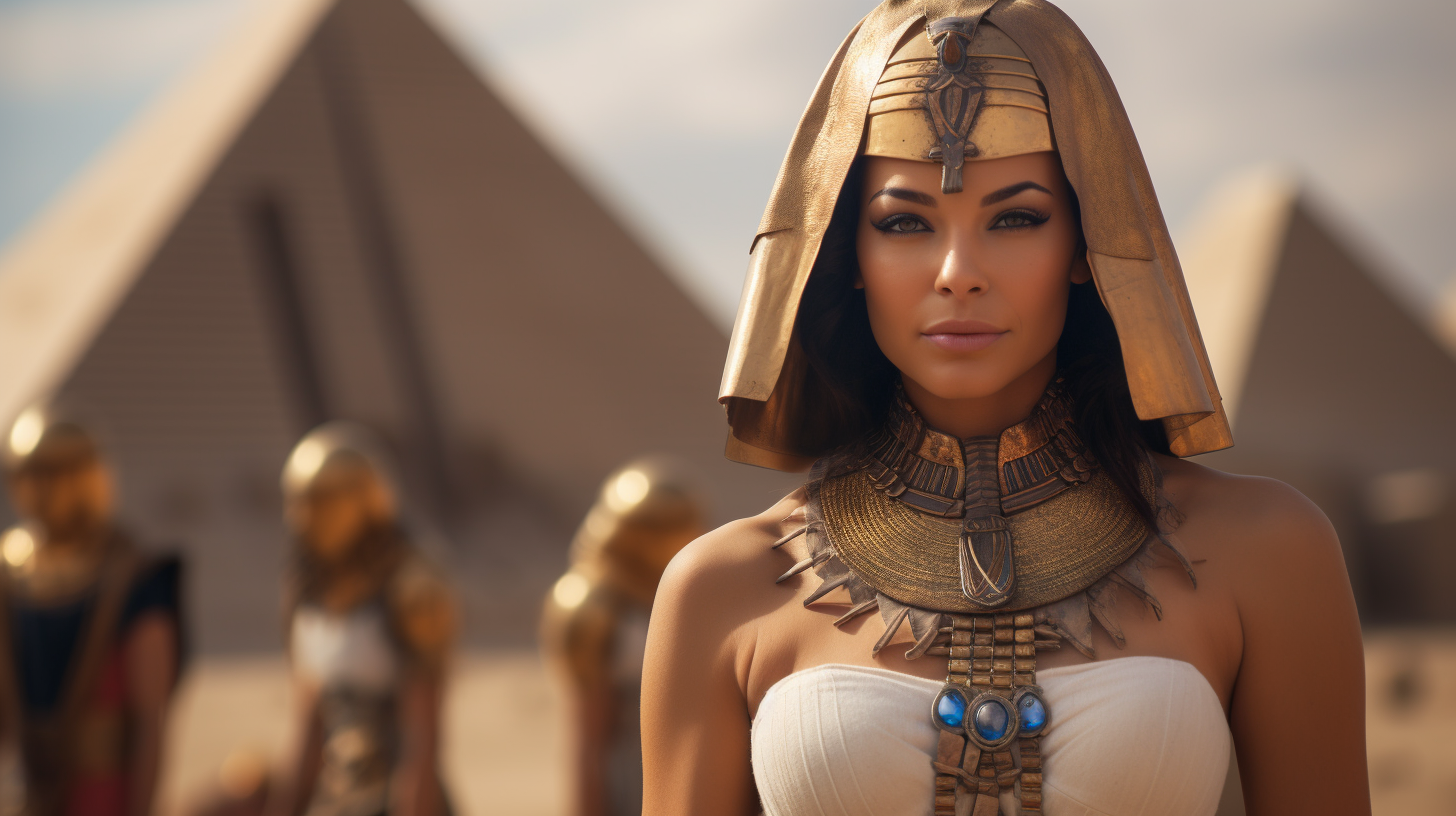In the annals of ancient Egyptian history, there emerges a remarkable story of a woman who defied societal norms and rose to the highest echelons of power. When Hatshepsut, the female pharaoh of Egypt, passed away, her successor embarked on an ambitious mission to erase her legacy from history. Yet, amidst the sands of time and against all odds, Hatshepsut’s enduring legacy endures, manifested in her magnificent mortuary temple that has withstood the test of 3500 years.
Hatshepsut’s journey to the throne was a tale of ambition, determination, and audacity. Born into the royal family, she was destined for greatness, but the path was far from straightforward. As a woman in a predominantly male-dominated society, her ascension to the throne was an anomaly that sent ripples through the corridors of power.
Upon her accession to the throne, Hatshepsut sought to legitimize her rule by portraying herself as a pharaoh in every sense. She donned the traditional regalia, including the pharaoh’s iconic kilt and double crown. Her reign, however, was characterized by a peaceful and prosperous Egypt. Rather than embroiling the kingdom in military campaigns, she focused on trade, diplomacy, and monumental construction projects.

One of her most significant contributions to Egypt’s rich history was the construction of her mortuary temple. Nestled within the sprawling Theban necropolis, her temple was an architectural marvel of its time. Adorned with intricate reliefs and inscriptions, it served as a testament to her reign and her devotion to the gods. Its grandeur was unparalleled, and its preservation over millennia is nothing short of astonishing.
After Hatshepsut’s death, her successor, Thutmose III, embarked on a campaign to erase her from history. He ordered the removal of her name and inscriptions from monuments, statues, and temple walls, seeking to undermine her legacy. However, history has a way of preserving what it deems significant, and Hatshepsut’s memory endured through the silent stones of her temple.
Today, visitors from all corners of the world marvel at the grandeur and architectural prowess of Hatshepsut’s mortuary temple. The site stands as a testament to her rule, challenging the erasure attempts of her successor. Its longevity speaks volumes about the lasting impact of this extraordinary woman who dared to ascend to the throne.
Hatshepsut’s story serves as a reminder that history is often written by the powerful, but it is preserved by the enduring relics of the past. Her mortuary temple stands not only as a tribute to her reign but as a symbol of resilience against attempts to blot out her memory. It is a testament to the indomitable spirit of a female pharaoh who defied conventions and left an indelible mark on the pages of Egyptian history.
